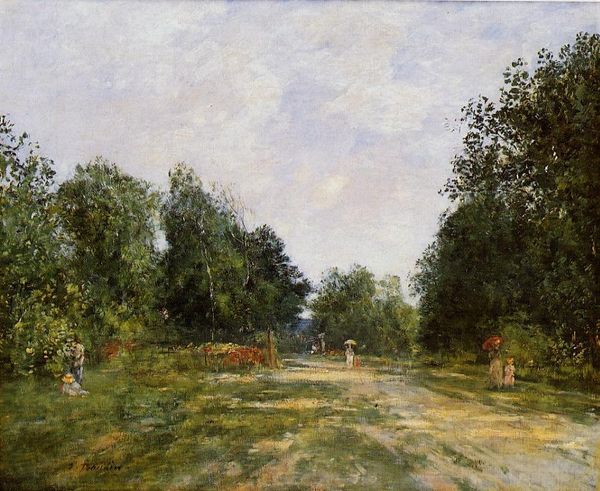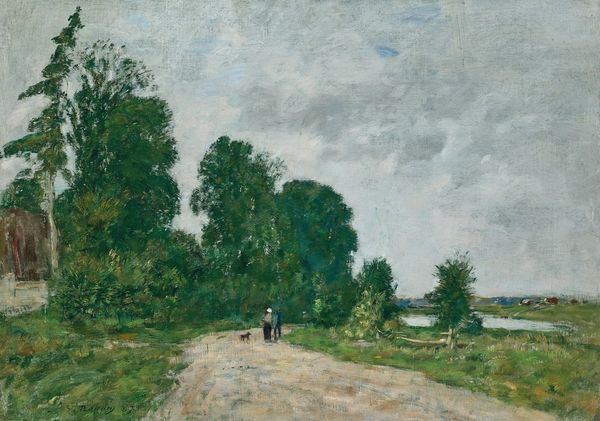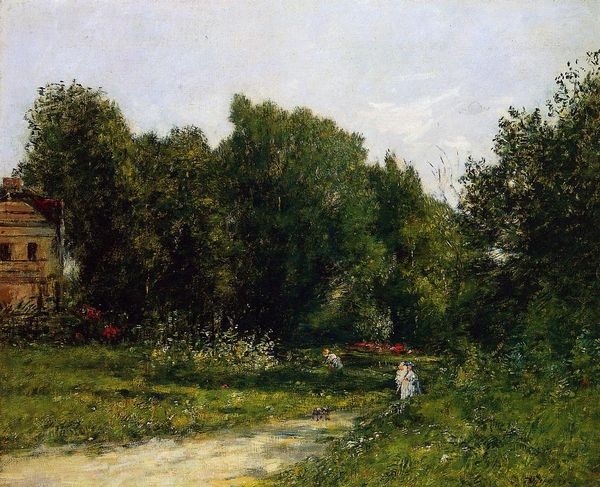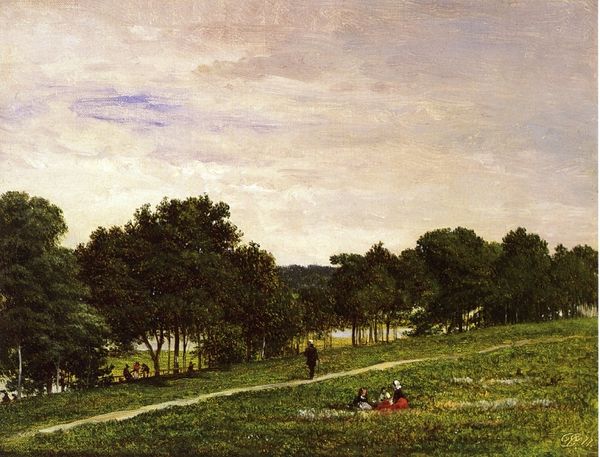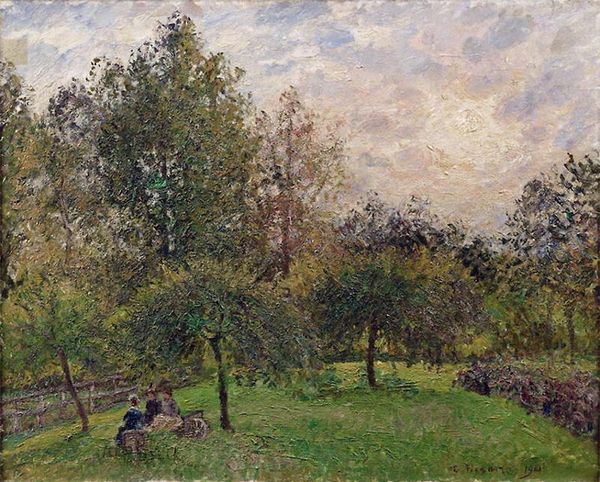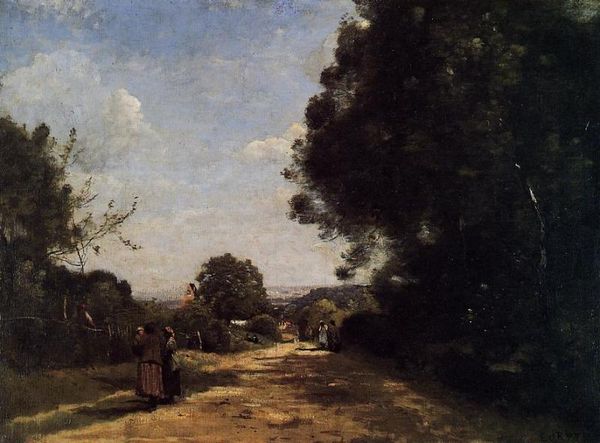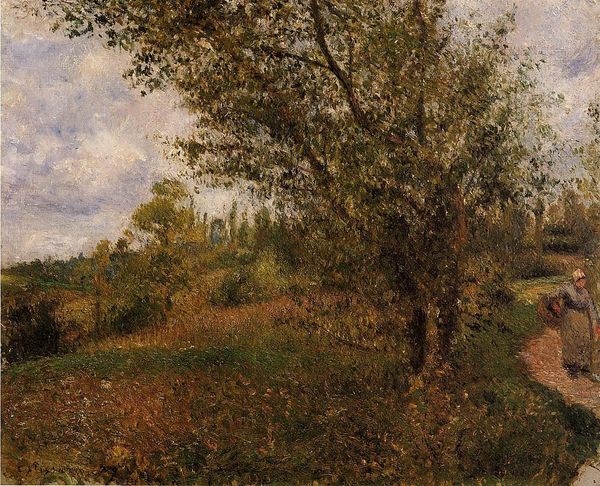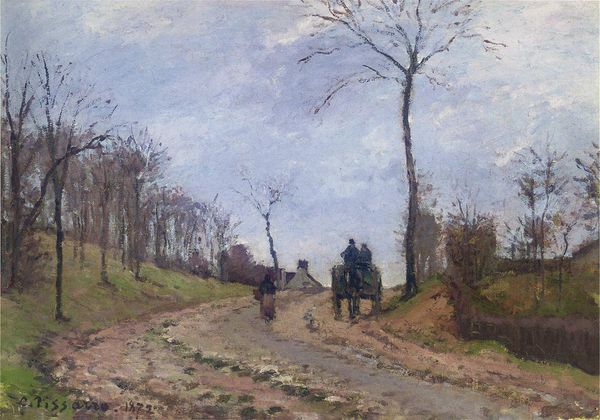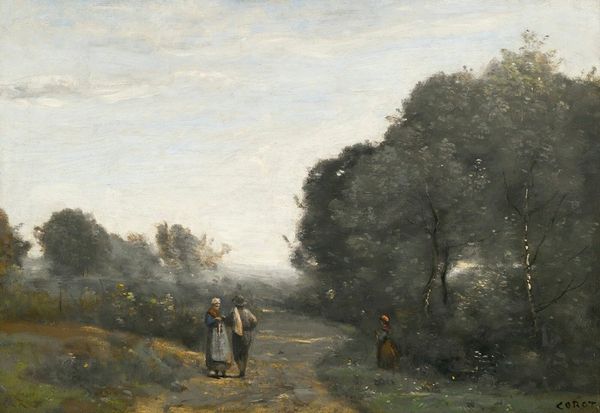
plein-air, oil-paint
#
impressionism
#
plein-air
#
oil-paint
#
landscape
#
oil painting
#
genre-painting
Copyright: Public Domain: Artvee
Editor: Here we have Eugène Boudin’s “Parc Cordier in Trouville,” painted sometime between 1880 and 1885, with oil on canvas. The casual elegance of leisure depicted here strikes me immediately. What do you see in this piece from a historical perspective? Curator: Boudin gives us a snapshot of bourgeois leisure in late 19th-century France. Look at the clothing, the parasols, and the very act of strolling through a park. It speaks to the increasing availability of leisure time for a specific social class. What I find particularly interesting is how Boudin captures this without idealizing it. Does it feel like propaganda for this lifestyle? Editor: Not really, it feels very...observed. He's documenting a scene, not selling it. Curator: Exactly. And that observation has historical weight. Boudin, like many Impressionists, was concerned with depicting modern life. This park scene reflects the rapidly changing social landscape of the time. Think about the rise of the middle class, the growth of cities, and the development of public spaces designed for leisure. It also raises questions of access. Who could afford the clothes, the time, to be in this park? What message does it send about wealth, privilege, and public space in this era? Editor: So, in a way, even a seemingly simple landscape painting becomes a commentary on the social and political realities of the time. I didn't see that initially! Curator: That's the power of historical context! By examining the social, cultural, and economic conditions surrounding a work, we gain a much deeper understanding of its meaning and significance. These parks, in themselves, became stages for performances of class, where social mobility and aspirational identity played out. Editor: It gives a whole new layer to what seemed at first like just a pretty scene. Thanks for opening my eyes! Curator: My pleasure. Considering art as part of the social and cultural fabric helps it become more relatable and important, connecting historical forces to lived experience.
Comments
No comments
Be the first to comment and join the conversation on the ultimate creative platform.

